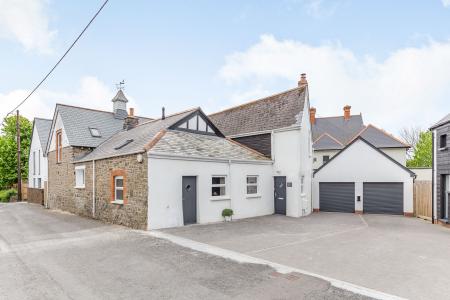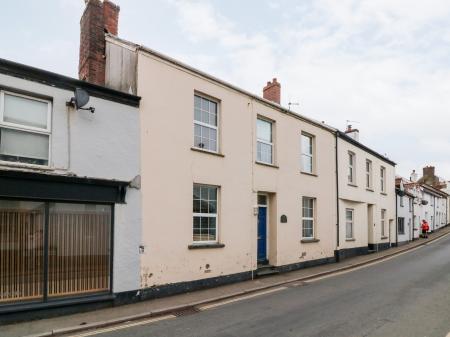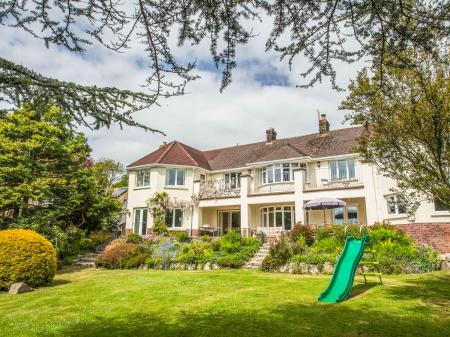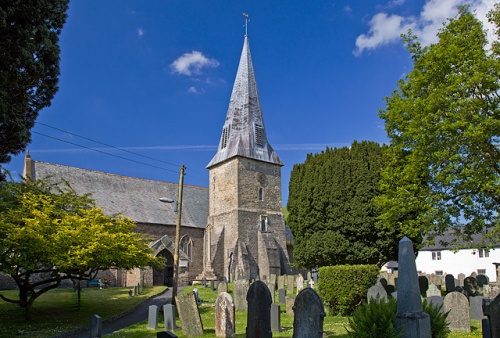
Braunton is well situated for exploring the North Devon Area of Natural Beauty, with its miles of sandy beaches and superb coastal scenery.
History
St Brannock was an early Christian saint who founded a monastery in Braunton in the 6th century. Brannock is thought to have come from south Wales, where he was a chaplain in a royal household.
He landed at Saunton, at the mouth of the River Taw, and settled by the Caen stream, where he built the first church in Devon and gathered a sizeable following. A settlement grew up around the saint's church and was called Brannockstood. This was later changed to Branton, and eventually to the current Braunton.
No less an authority than Sir John Betjeman claimed that the saint was almost certainly buried beneath the high altar of the church that bears his name. Repair work in the 1940s unearthed a stone coffin under the altar, complete with bones. The coffin was replaced under the altar, but it does make you wonder; are the stories true?
Certainly, the citizens of Braunton have traditionally believed so; each year on 26 June religious relics are paraded through the streets to mark the anniversary of St Brannock's burial.
St Brannock's Church
The oldest part of Braunton's parish church is the west tower, which dates to the Norman period. The bulk of the church is 15th century, save for the 13th-century chancel, chancel arch, and a trio of windows. St Brannock's pride is a series of beautifully carved 16th-century benches in the nave. Set into the choir floor is a 16th-century palimpsest; a reused memorial brass.
The uppermost side of the brass commemorates Elizabeth Bourchier (d. 1548), wife of Edward Chichester of Raleigh and daughter of the 1st Earl of Bath. Another interesting historic feature is a 16th-century chest which may have arrived in England with the Spanish Armada of 1588.
St Michael's Chapel
Just outside the village to the north-east stands the roofless ruin of St Michael's Chapel, a 15th-century building with its walls still standing to full height. It was erected as a votive chapel for fishermen and sailors, where families would watch and pray for their safe return.
An old legend speaks of a spectral figure that moves amid the chapel ruins. One entrepreneurial photographer faked photos of a ghost at the chapel and sold them to the locals, but today all you are likely to see is a well-preserved late medieval ruin!
Braunton and District Museum
Located ay the Bakehouse Centre on Caen street, which also houses the Tourist Information Centre, the Museum has a wealth of displays exploring Braunton's past, including exhibits on the maritime history of the area, social history, WWII, and agricultural heritage.
Opposite the Museum on Caen street is the Braunton Countryside Centre, run by the North Devon Environmental Trust. The Centre aims to help visitors and locals alike learn to appreciate the unique environment and coastal habitat of North Devon through interactive displays, guided walks, lectures, and information displays.
An unusual museum is the Museum of British Surfing, also on Caen Street, which aims to preserve the heritage of surfing in Britain through education and information about the sea and the history and practice of surfing in the UK.
Local pubs include the Williams Arms and The Agricultural Inn. Outside the village to the west is the Braunton Burrows nature reserve, one of the world's most precious natural sand dune habitats.
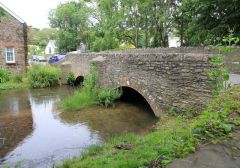
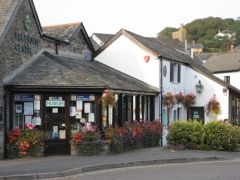
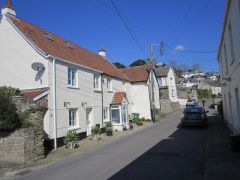
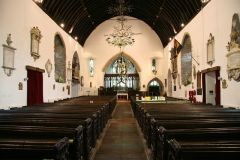
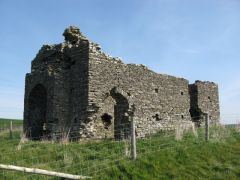
 We've 'tagged' this attraction information to help you find related historic attractions and learn more about major time periods mentioned.
We've 'tagged' this attraction information to help you find related historic attractions and learn more about major time periods mentioned.